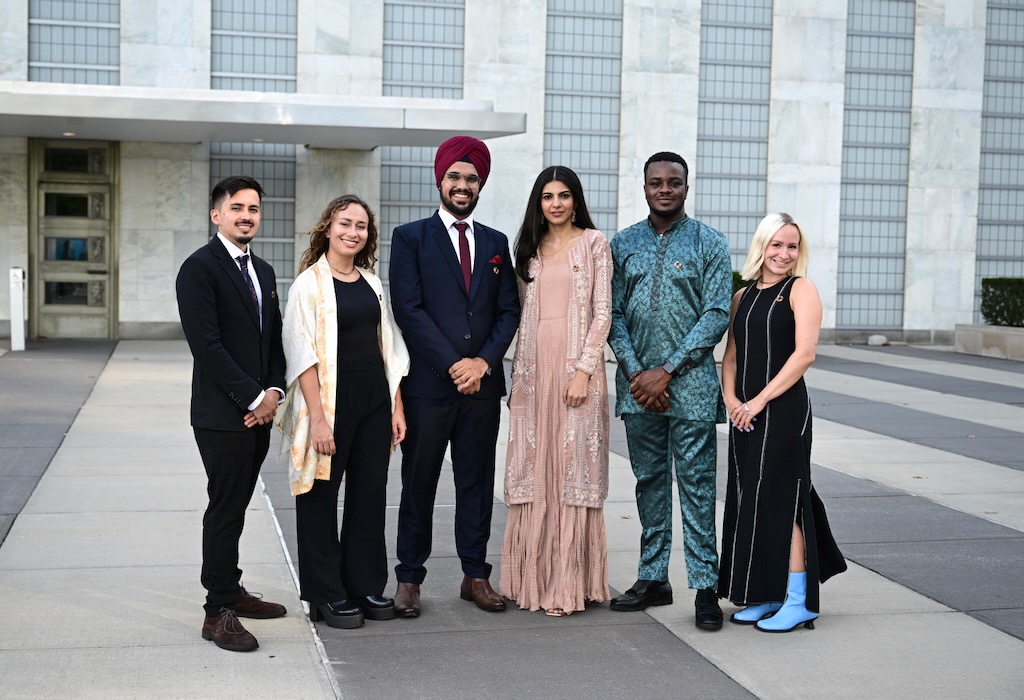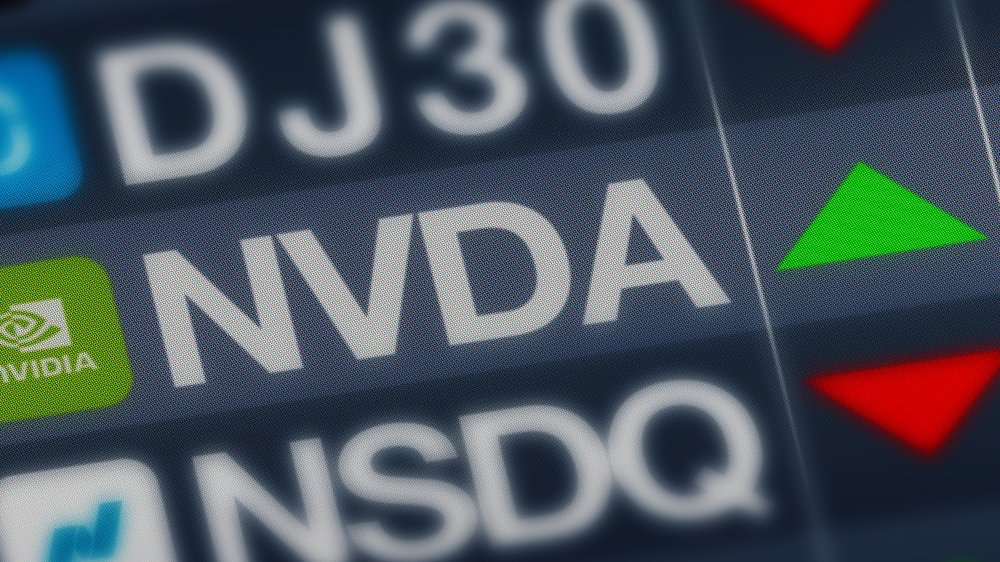It’s hardly news that Americans are unhappy with their economic situation. On Tuesday, the Conference Board backed that up by releasing its latest Consumer Confidence Index figures showing a dip in enthusiasm for the third month in a row. However, it’s not a big dip but rather ongoing malaise. The report concludes that “the gauge continues to move sideways within a relatively narrow range that’s largely held steady for more than two years.”
Poor Employment for Much of the World
Empirically, Americans have less reason for pessimism than workers in much of the world, but that may not provide much solace. While U.S. inflation is an uncomfortable 3.5% (up from 3.1% in January), it’s lower than a global average of 5.3% (per the World Bank) and about even with the 3.4% in the European Union. But it’s on job growth and wages that Americans are really beating much of the world, as a new analysis from Oxfam International makes clear.

Working within the limits of less-than-complete global data sets, Oxfam ran the numbers on 31 counties that account for 81% of global GDP. Across this group, inflation-adjusted wages grew just 3% between 2020 and 2023. That figure is boosted mainly by high growth in China. Take the world’s second-largest economy out, and wages have fallen by 3% across the remainder.
A Mixed Picture for the U.S.
The situation has been much better in the U.S., especially for the working class, according to the Economic Policy Institute. Using a slightly different time horizon, EPI calculated that inflation-adjusted wages from 2019 to 2024 have grown 12.1% for the lowest-paid 10% of workers in the U.S. They are up 5% for the “lower-middle wage” group and 3% for middle wage. Altogether, those groups make up 60% of workers. Increases in the minimum wage in several states have played a significant role in these gains, says the organization.
“Nowhere can a worker at the 10th percentile of the wage distribution earn enough to meet a basic family budget.”
Economic Policy Institute
The higher the income bracket goes, the lower the percentage of wage growth in the U.S.—down to less than 1% for the wealthiest Americans. But they’re starting from a much better place, and they also make a lot of their money from investment income, as Oxfam points out.

Not that the picture is all rosy for the U.S., though. EPI’s report includes a sobering finding about those workers who saw the biggest percentage income gains. “Nowhere can a worker at the 10th percentile of the wage distribution earn enough to meet a basic family budget,” the March report concludes. (Here’s where the debate about what inflation figures do and do not account for would start, especially regarding housing cost inflation.) EPI calls for raising the Federal minimum wage—stuck at $7.25 per hour since 2009—to further help.
Global Income Inequalities
But outside the U.S., the situation quickly gets worse. Drawing on several data sources, Oxfam’s analysis found that 19.1% of workers live below the global poverty line of just $3.65 per day per person. In low-income countries, it’s 65.8% of working people. And minimum wages are even less helpful in much of the world. Of 37 countries studied, just two have a minimum wage above what’s considered the living wage people need to earn at a bare minimum.
At the other income extreme, Oxfam examined how much investment revenue benefits wealthier people. It reports that the world’s richest one percent hold 43 percent of all global financial wealth, to the tune of $87.9 trillion.
In addition to investment appreciation, this group also earns on dividends an average of $8,985 per year, by Oxfam’s calculations. For some perspective, it also calculated that the global average annual salary is $13,209.
Oxfam’s latest analysis follows a blistering report on the widening wealth gap, Inequality Inc., that it released during the World Economic Forum meeting in January. It was one of at least four major reports that week that mostly showed a poor outlook for workers.
In a statement, Oxfam International’s interim executive director Amitabh Behar drew a grim conclusion from the latest study: “Millions of people hold jobs that trap them in a cycle of working hard while still unable to afford enough food, medicine or other basics.”
















